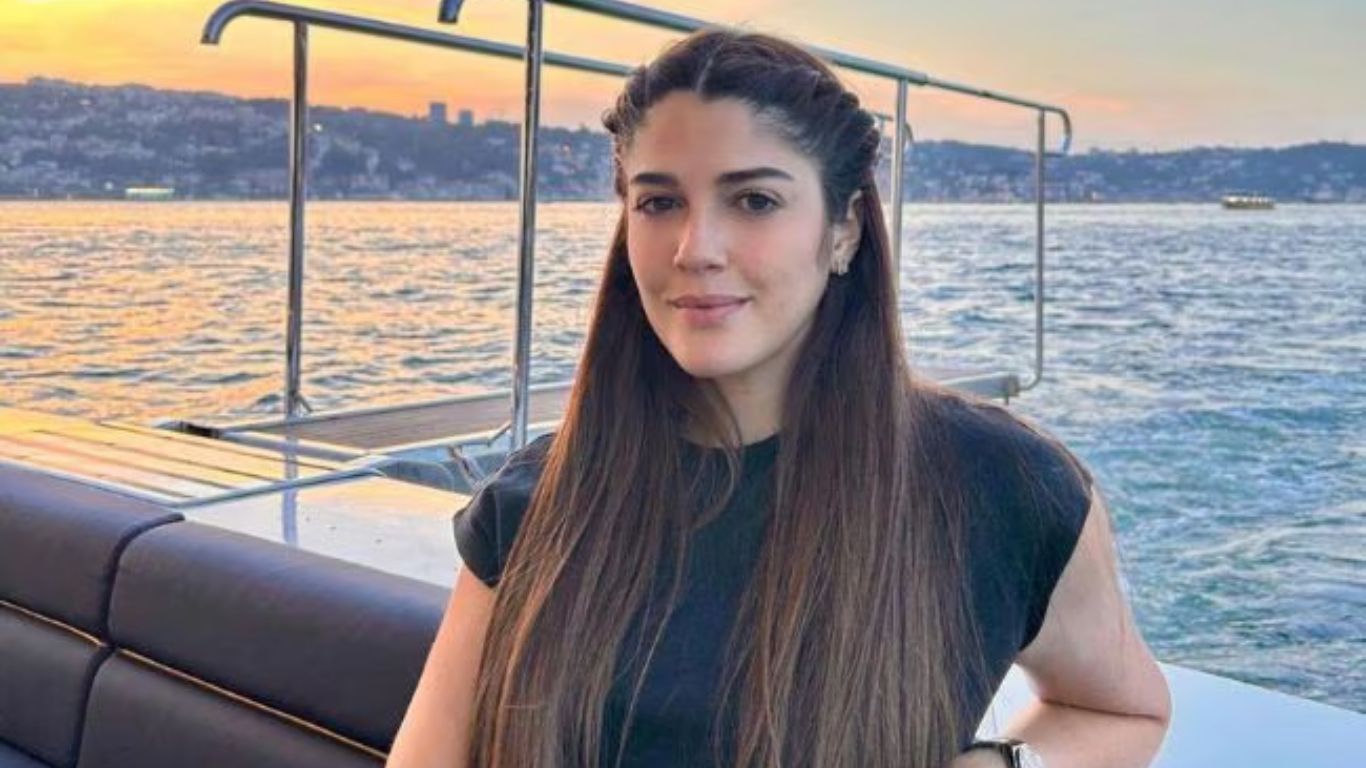Alright, let’s get real: Eid ul Fitr in South Asia is beyond just a holiday—it’s a full-on cultural explosion. The end of Ramadan brings a tidal wave of joy, food, and traditions that could make even the grumpiest cynic crack a smile. From Pakistan’s sweet-soaked streets to Bangladesh’s boat-packed rivers, this region turns a global Muslim celebration into something uniquely its own. I’ve poked around, talked to folks, and dug into the chaos—here’s what I found about how South Asia does Eid, one quirky custom at a time. Buckle up; it’s a wild ride.
Pakistan: Sugar, Spice, and Everything Loud
In Pakistan, Eid ul Fitr—locally dubbed “Meethi Eid” (Sweet Eid)—is a sugar rush with a side of swagger. The night before, Chaand Raat, hits like a party bomb. Streets light up with bazaars, kids swarm for bangles and henna, and vendors hawk sweets like their lives depend on it. Think sheer khurma—vermicelli swimming in milk, dates, and nuts—piled high on every table (recipe vibes). “We drown in sweets to celebrate surviving the fast,” a Lahore shopkeeper said, grinning as he handed out free samples.
Day one? Prayers at dawn, then a fashion parade—everyone’s in shiny new shalwar kameez, strutting like it’s a runway. Kids chase “Eidi”—cash gifts from elders—in a ritual that’s half tradition, half bribery. But here’s the kicker: Pakistan’s big on charity too. Zakat flows like water, with families rushing to help the poor before the first bite of breakfast. It’s loud, it’s generous, and it’s unapologetically extra.
India: A Melting Pot of Eid Magic
India’s Eid ul Fitr is a kaleidoscope—Muslim traditions mashed up with the country’s insane diversity. In Delhi, Jama Masjid buzzes with prayer crowds, then spills into Old Delhi’s food stalls. Biryani—spicy, fragrant, meaty—steals the show, but sewaiyan (sweet vermicelli) keeps the kids happy (taste it here). “It’s not Eid without both,” a street vendor insisted, flipping kebabs like a pro.
Down south in Kerala, things get funky. Muslims there mix Eid with Onam vibes—think banana leaf feasts and flower garlands. Hyderabad? They’re rolling out haleem—a slow-cooked stew of meat and lentils—alongside prayers. And in Kashmir, it’s quieter—families visit graves, laying flowers in a somber nod to the past. India doesn’t pick one way; it throws everything at the wall and calls it a party. The oppressed here? They’re not forgotten—charity drives hit hard, especially in poorer pockets.
Bangladesh: Boats, Beats, and Brotherhood
Bangladesh turns Eid ul Fitr into a river-soaked spectacle. After morning prayers—often at massive spots like Sholakia Eidgah (world record vibes), Jamea Ahmadia Sunnia Eidgah—folks pile into boats. Rivers like the Padma become highways of celebration, with families ferrying sweets and smiles between villages. “It’s our way of connecting,” a Dhaka boatman told me, rowing past a crowd blasting folk tunes.
Food’s the star here too—pitha (rice cakes) and beef bhuna spice up the day. Kids get Eidi, but the real flex is the community vibe. Rural areas host fairs—think cattle markets and makeshift Ferris wheels—while cities pulse with music and TV specials like Ityadi. Charity’s baked in; Zakat and Fitra flood toward flood-hit zones, a quiet FU to nature’s cruelty. It’s gritty, wet, and alive—a perfect Bangladeshi twist.
Sri Lanka: Island Flavors and Quiet Grace
Sri Lanka’s Muslim crew—mostly Tamils and Moors—keeps Eid ul Fitr chill but flavorful. Colombo’s mosques hum with prayers, then families hunker down for wattalappam—a coconut custard spiked with jaggery and cardamom (drool here). It’s less flashy than Pakistan’s chaos, but the taste packs a punch. “We keep it simple but sweet,” a Galle grandma said, stirring a pot.
The oppressed shine here too—charity hits the poorest corners, especially post-war zones. Kids get new clothes and cash, but the vibe’s intimate—think home visits over street parties. Some coastal towns toss in fire dances, a nod to old cultural mashups. It’s understated, sure, but it’s got soul.
Nepal: Mountain Eid, Small but Mighty
Nepal’s tiny Muslim crowd—about 4% of the population—punches above its weight for Eid ul Fitr. In the Terai plains, prayers kick off at dawn, then it’s sewai time—vermicelli pudding that’s pure comfort (check it out). “We’re few, but we’re loud,” a Kathmandu trader laughed, handing out sweets to Hindu neighbors too.
It’s a tight-knit gig—families trek to each other’s homes, swapping food and Eidi. Charity’s big, with Zakat often heading to earthquake-hit villages. The Himalayan backdrop adds a surreal edge, but the real story’s in the grit: a minority holding tight to tradition in a Hindu-majority land. Small scale, big heart.
The Underdog’s Thread
Here’s the thing—South Asia’s Eid isn’t just feasts and fireworks. It’s a lifeline for the downtrodden. Pakistan’s slums get food drops. India’s street kids score meals. Bangladesh’s flood survivors snag cash. Sri Lanka’s war-scarred towns see hope. Nepal’s remote Muslims share what little they’ve got. I’ve seen this pattern worldwide—Kosovo, Gaza, you name it—the oppressed lean on these moments to breathe. South Asia just does it with extra masala.
Trump’s not meddling here (yet), but the stakes feel global. These aren’t just parties; they’re defiance—against poverty, division, whatever. The suits in power could learn a thing or two from this chaos of kindness.
So, What’s the Deal?
South Asia’s Eid ul Fitr is a glorious mess—Pakistan’s sugar highs, India’s spice riots, Bangladesh’s river jams, Sri Lanka’s quiet custard, Nepal’s mountain grit. Each spot’s got its flavor, but the core’s the same: celebrate hard, give harder. I’m no expert—just a guy who’s stumbled through enough war zones and feast halls to know truth when I taste it. This? It’s real. Messy, loud, and real.
Eid Mubarak, folks. May your plate be full and your conscience louder.




